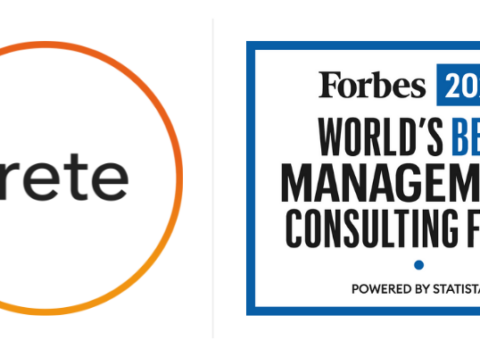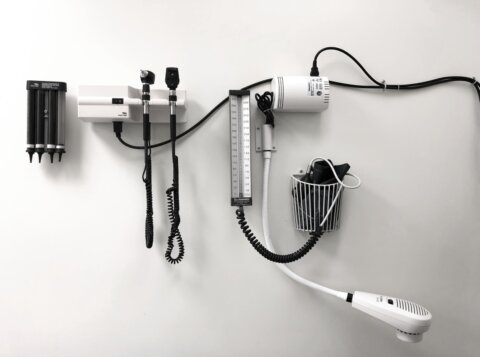Accelerating IT Synergy Savings Following Health System Mergers and Acquisitions

Company leaders need to prioritize savings and not let contracts simply default to existing vendors.
Health System mergers and acquisitions are full of opportunities for cost savings, risk reduction, expansion, and many other benefits. In terms of lowering costs specifically, integrating the information technology department and IT portfolio is an especially powerful process. It can begin relatively quickly and provide immediate cost savings on a short timeline. But all too frequently, internal delays take hold and momentum is lost, risking lack of follow through to completion. Let’s look at how CFOs, CIOs and other leaders can make sure they effectively, and quickly, act on these opportunities.
IT Costs Don’t Just Add Up, They Multiply
IT costs are a major and increasing expense for health system, namely IT infrastructure improvements and complying with ever-increasing regulatory, security, and business demands. A recent Spiceworks study found that 80 percent of surveyed companies are expecting an increase or sustained IT budget over the next 12 months. In general, 89 percent of businesses planned to grow or maintain IT budgets in 2019. These are the most recent and specific indications of a trend in growing or sustaining significant financial requirements for maintaining and improving the value from IT.
Demand for IT services are rising rapidly, and those pressures become bigger when regulatory, security, and growth concerns come into play. Data analytics also plays a role. As companies grow larger, they need more in-depth – and expensive – tools and resources to analyze market conditions, operations and other core concerns. Additionally, as more investment goes into IT, the costs to keep it current and fully operational increase.
IT cost reductions are identified as a primary expectation from a merger or acquisition, thanks to economies of scale and the ability to consolidate hardware, clinical, and business applications and vendors. Yet in our experience, many health system mergers do not deliver their IT savings expectations 3 – 5 years post-merger. This leaves executives having to answer difficult questions to their Board, staff, debt holders, and others. To achieve expectations, internal alignment is key. IT synergy savings are often seen as difficult by IT department leaders due to the widespread changes involved. Meanwhile, other executives tend to underestimate the ability to deliver IT improvements as their being more isolated to a single department and less impactful than, for example, changing care delivery models or optimizing headcount.
How To Realize IT Synergy Savings Early On
Internal agreement and a clear initial vision may be the most important universally applicable need when it comes to IT savings. Making sure all executives and decision-makers understand the impact of such changes is key for a smooth, positive transition. A plan for IT changes that recognizes the company doesn’t need a totally complete, intricately detailed IT roadmap and portfolio to begin realizing savings. Businesses can’t go into this process blind, but they often lose the opportunity for significant savings in the early years of the merger.
There’s no reason to avoid an early assessment of current IT contracts in terms of established, major vendors providing standard services. Unless a vendor has a truly unique and beneficial application or piece of infrastructure among its offerings, there’s no reason to delay reviewing these agreements to look for savings opportunities. It’s also crucial to avoid the trap of waiting to act until contract deadlines arrive. It is possible to extract immediate savings by leveraging the promise of future business as a preferred vendor partner and the ability to not overspend in the future by negotiating short-term extensions.
Choices should be driven by verifiable data and analytics, based on the use rate of different products and the value they bring to the business. Even with software-as-a-service offerings, which charge a fixed price per user and can be hard to audit in the context of utilization versus cost, businesses can negotiate for the lowest current price among vendors that supply similar platforms. A utilization analysis that focuses on which elements of such programs are frequently and commonly used provides specific information that can also be used in negotiations to lower costs.
In relationships with vendors, buyers have a degree of leverage that suppliers will often try to dismiss or minimize. That leverage only increases as health systems merge and become larger. Many companies are likely paying more than they should in at least some areas of ongoing IT spending because they don’t understand their individual market opportunities. This simple point is foundational when it comes to effective negotiations for merged companies. Successful planning for negotiations means keeping this power in mind and using it as leverage to find the most reasonable price. In many cases, it’s easier to start with the vendors of more generic elements of infrastructure, then move on to those that are focused on their specific industry or provide specialized tools and support.
Saving money early, and regularly, is the foundational idea behind successful, IT synergy savings following a merger. Making a plan to address each contract and performing related due diligence gives a business a stronger position from which they can negotiate. Company leaders need to prioritize savings and not let contracts simply default to existing vendors. With this approach, businesses can realize significant IT savings soon after a merger takes place.
John Marchisin is a Managing Director at AArete. He can be reached at jmarchisin@aarete.com.


















































































































































